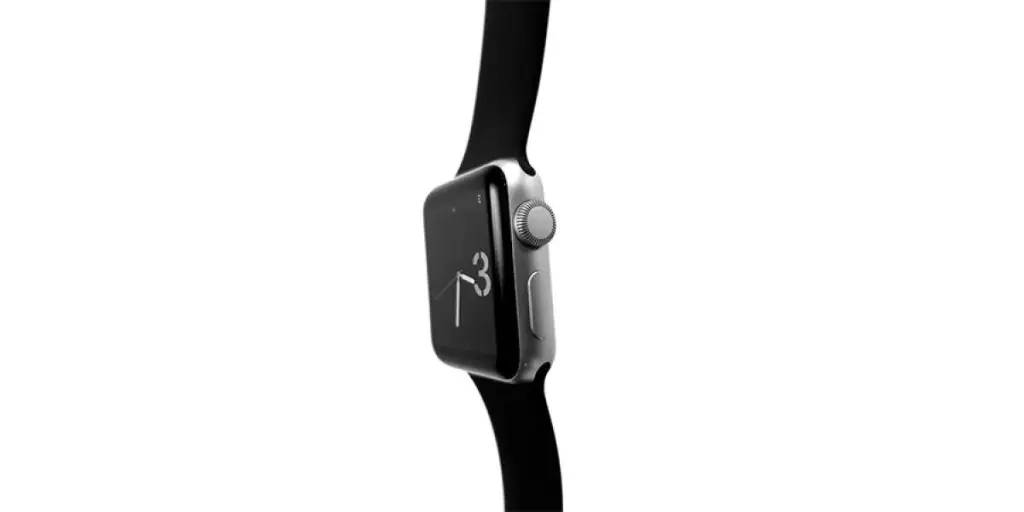Choosing the best smartwatch models can be challenging in a market flooded with different varieties of watches. One needs to consider compatibility, sensors, and battery life, among other factors, before settling on the right option. This guide will assist you in prioritizing your options and selecting the most efficient smartwatches for your customers.
Table of Contents
The flourishing smartwatch market
8 factors to consider when looking for smartwatches
Final thoughts
The flourishing smartwatch market
The global smartwatch market was valued at US $20.64 billion in 2019 and is expected to grow at a compound annual growth rate (CAGR) of 19.6% to reach US $96.31 billion by 2027. Despite the dip in global demand for electronics during the pandemic, the sales of wearable devices like smartwatches soared.
Increased interest in healthcare, increased demand for fitness and sports devices, and technological advancements in smartwatches have contributed to the growth in this sector. Apple, Samsung, Fitbit, and Xiaomi are the top players in this space, and these companies prioritize R&D as a leading strategy for increasing market share.
This article discusses the top features to look for in smartwatches in order to provide the finest solutions for your customers.
8 factors to consider when looking for smartwatches
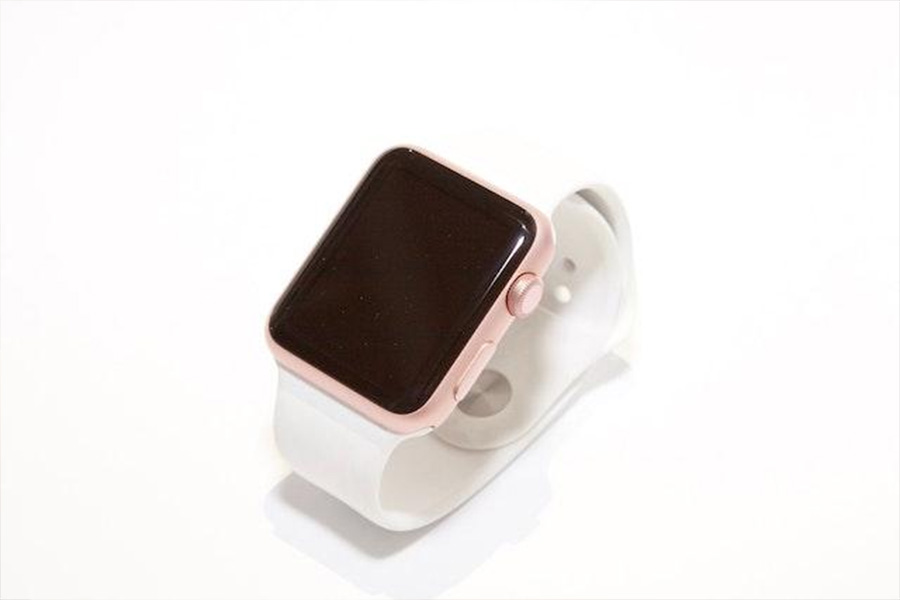
1. Display
The display is an essential component of smartwatches, like it is for smartphones, as it allows users to access information and interact with the device freely. Therefore, searching for smartwatches with good displays that work well indoors and outdoors with sunlight is advised. Make sure it has a high-quality protective cover and a responsive touch system for the best user experience.
Most smartwatches have LCD or AMOLED displays that allow users to view the device’s content. Compared to LCDs, OLED displays provide richer and brighter content with crisper images and slimmer designs. Popular brands such as Apple and Samsung sell products with OLED displays. The only drawback is that battery life may be reduced, but watchmakers are working to improve efficiency.
2. Compatibility
Because most smartwatches are designed to work with smartphones, assessing device compatibility is critical. For example, the Apple Watch is compatible with iOS, works only with iPhones, and is not compatible with Android devices. To cater to everyone, it’s a good idea to have a selection of smartwatches that function with Android and iOS.
Although smartwatches are relatively small devices, they can store and run various applications, including Uber and WhatsApp. Apple Watch supports several popular apps, while Samsung and Google also support many apps optimized for smartwatches.
Smartwatches powered by Google’s Wear OS and popular options like Fitbits can connect to multiple Android smartphones, with the latter also supporting iPhones. So it’s important to check the operating systems to ensure maximum compatibility with the fewest possible disruptions.
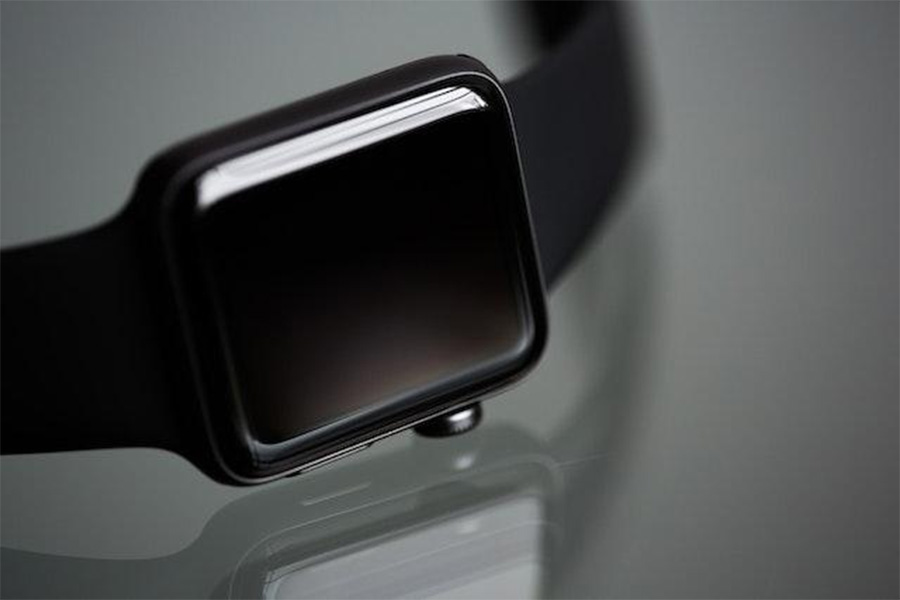
3. Battery life
People are increasingly relying on their smartwatches, whether at home, the gym, or the office. These watches have all the most recent applications, allowing users to track their daily fitness progress and display real-time notifications, which consume a lot of battery life. As many brands have invested in R&D to produce gadgets with extended battery life, this has become a major selling point.
Depending on usage, most color devices last one to two days on a single charge. For example, the Apple Watch lasts approximately 18 hours on a single charge. Most devices, including the Samsung Galaxy Watch, use wireless charging stations for maximum convenience.
4. Price
For many buyers, the cost can be a deciding factor when selecting a smartwatch, and users should consider which features are important to them and their budget. Brands such as Oppo and realme provide a wide range of options at reasonable prices, and Fitbit and Fossil are among the options in the mid-range. For consumers willing to spend a premium, the Apple Watch and Samsung Galaxy Watch are excellent options.
Smartwatches, like smartphones, will undergo continuous improvement every year. They will continue to evolve from a supplementary device to a more lifestyle companion, allowing users to smoothly navigate through the day with a simple tap on the wrist.
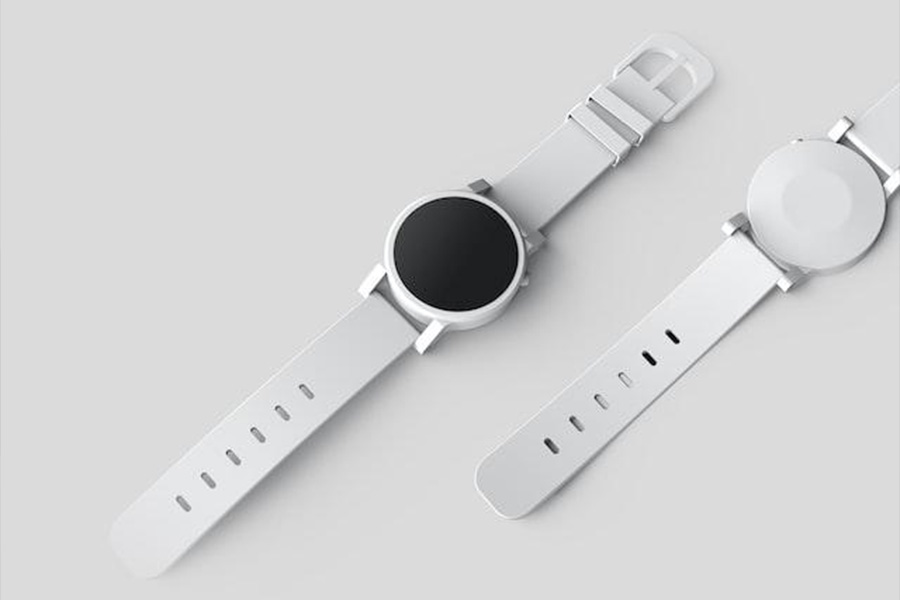
5. Design
Most smartwatches have either a rectangular, square, or a traditional round dial. There is no better option here; the consumer must choose a shape based on their preferences.
The better watches have a variety of strap selections and the ability to switch them out for other options from third parties. This is a critical criterion for customers who like to customize their purchases. They can personalize their gadgets by selecting the band color, face color, material, and finish.
Cheaper smartwatches rarely have high-quality straps or metal casings, and they typically have plastic casings with silicone straps prone to wear and tear. Because smartwatches are intended for daily use, rugged protection is essential, so factors such as protective glass and plastics, among others, should be considered.
Some watches offer IP certification, claiming to be dust-proof and water-resistant. Keep an eye out for these ratings when looking for watches for buyers who enjoy sports like swimming. Moreover, the latest models are slimmer, smaller, and feature more ergonomic designs.
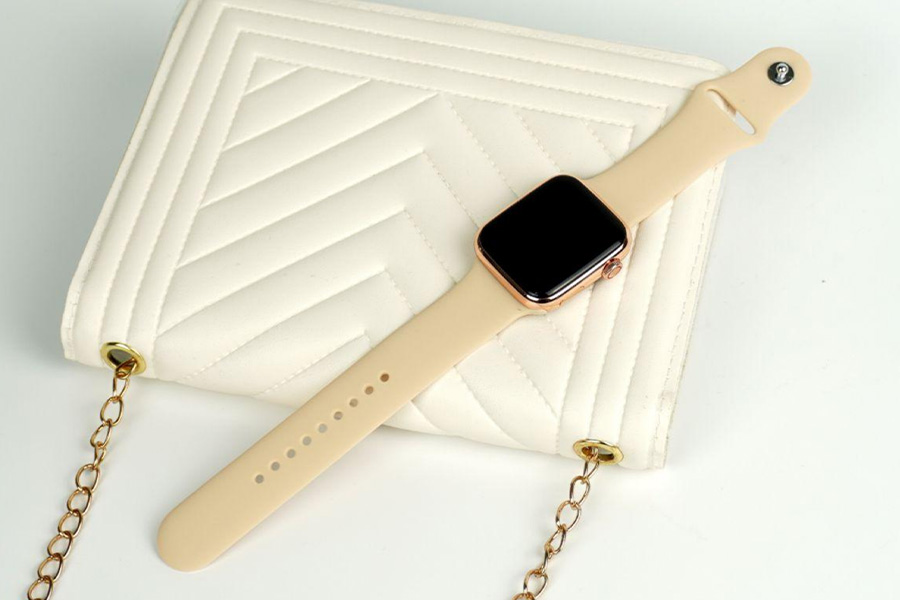
6. Fitness tracking features
People buy smartwatches mainly to track their activities, such as daily steps, calories burned, heart rate, and workouts. Garmin, for example, sells fitness-focused watches with features such as auto exercise detection, recovery time estimation, heart rate variance, and more.
Some brands also provide health features for women, such as apps for logging periods and comparing cycles to other health indicators, such as activity and sleep. Companies have advanced, with Apple now offering blood oxygen and ECG tracking features.
However, low-cost smartwatches will lack advanced features such as ECG monitoring, and consumers will have to pay a premium. Aside from health tracking, certain models include GPS, making it an appealing option for customers who enjoy hiking, biking, and walking to track their progress and distance.
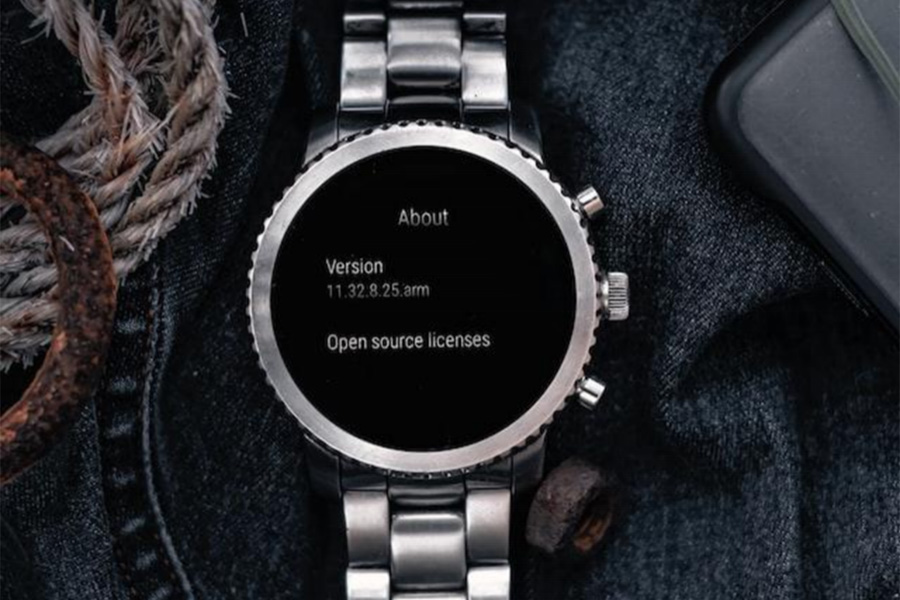
7. Touchscreen vs. non-touch devices
A touchscreen display for a smartwatch appears to be an obvious choice, but some users may struggle to navigate the small screen. The Apple Watch has a touch display as well as a side button, allowing users to scroll using force touch or the press button. Similarly, the Samsung Galaxy watch has a touch display and a bezel that can be rotated to navigate the menu, and they can be used in tandem with touch.
8. Connectivity, communication, and online purchasing
Today’s smartwatches offer a variety of connectivity features, including Bluetooth, Wi-Fi, and GPS. Premium models offer cellular LTE connectivity where users can configure an eSIM in conjunction with the original SIM card. A smartwatch with cellular connectivity and GPS will enable individuals to use the device without being connected to a smartphone. This means that users can make calls without relying on a smartphone.
Smartwatches quickly notify users of the most recent communications, such as messages and missed calls. Some high-end models allow users to send pre-programmed responses and make or receive calls even when the smartphone is turned off.
Many watches include NFC technology, which allows people to make payments without using a wallet. Users need to save their debit or credit card information, after which they can hold the smartwatch up to an NFC reader when making a purchase.
However, different watches use different payment methods. For instance, Apple watches use Apple Pay, Fitbit uses Fitbit Pay, Wear OS uses Google Pay, and Garmin uses Garmin Pay, respectively.
Final thoughts
Smartwatch adoption has increased, particularly among the younger generation, and this trend is expected to continue in the coming years.
Apple, Samsung, and Fitbit are the market leaders, with a plethora of desirable features. Check out the latest models here on Alibaba.com.
